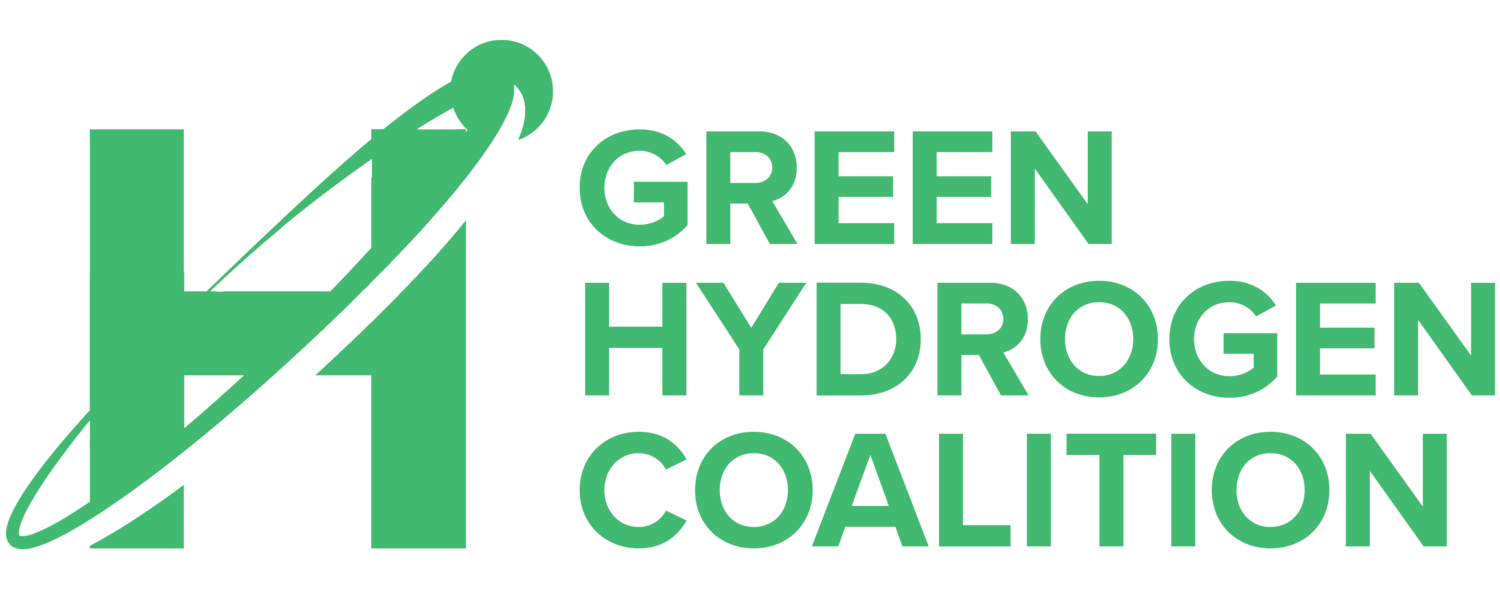Report | Expanding Horizons: Best Practices for Modeling Long-Duration Energy Storage
Prepared by Strategen Consulting Inc. for the Green Hydrogen Coalition, Expanding Horizons: Best Practices for Modeling Long-Duration Energy Storage (LDES) highlights findings and best practices from LDES modeling practitioners to help policymakers, utilities, and grid planners manage rapidly evolving technological and regulatory landscapes, as well as accurately and effectively incorporate LDES into their clean energy planning and modeling.
As states and utilities pursue strategies to achieve a low- and even zero-carbon grid, many are concluding that an 80-90% decarbonization of the electric sector can be achieved with currently available technology, but the remainder will require the adoption of new technologies that can provide clean, flexible capacity, and integrate renewable resources across increasingly long-time horizons. This fundamental grid imperative is the motivation underlying the significant investment that private and public entities are making in LDES technologies.
LDES modeling is still a maturing discipline in energy systems planning and analysis, and new research is continuing to pave the way for more effective and insightful approaches. This report examines early-stage studies and interviews LDES modeling practitioners to highlight several “must-haves” for modeling LDES for long-term planning purposes.
By adopting the best practices identified in this report, stakeholders can pave the way for establishing a process that will drive the deployment of cutting-edge LDES technologies and ensure their integration into long-term energy planning. Utilities can learn how to include LDES in Integrated Resource Planning (IRP) processes as well as use appropriate modeling tools and approaches to ensure these resources are being properly valued in a holistic portfolio assessment. Policymakers and regulatory bodies can learn how to enforce an open and transparent stakeholder process for IRPs and other resource-planning activities by allowing access and inviting feedback from stakeholders who can help ensure equity and community buy-in. Finally, interconnection operators and balancing authorities can learn how to lead regional coordination to maximize the benefits of LDES for the broader grid. This foundational approach to incorporating LDES in the planning process will help achieve a more sustainable, resilient, and decarbonized grid.

